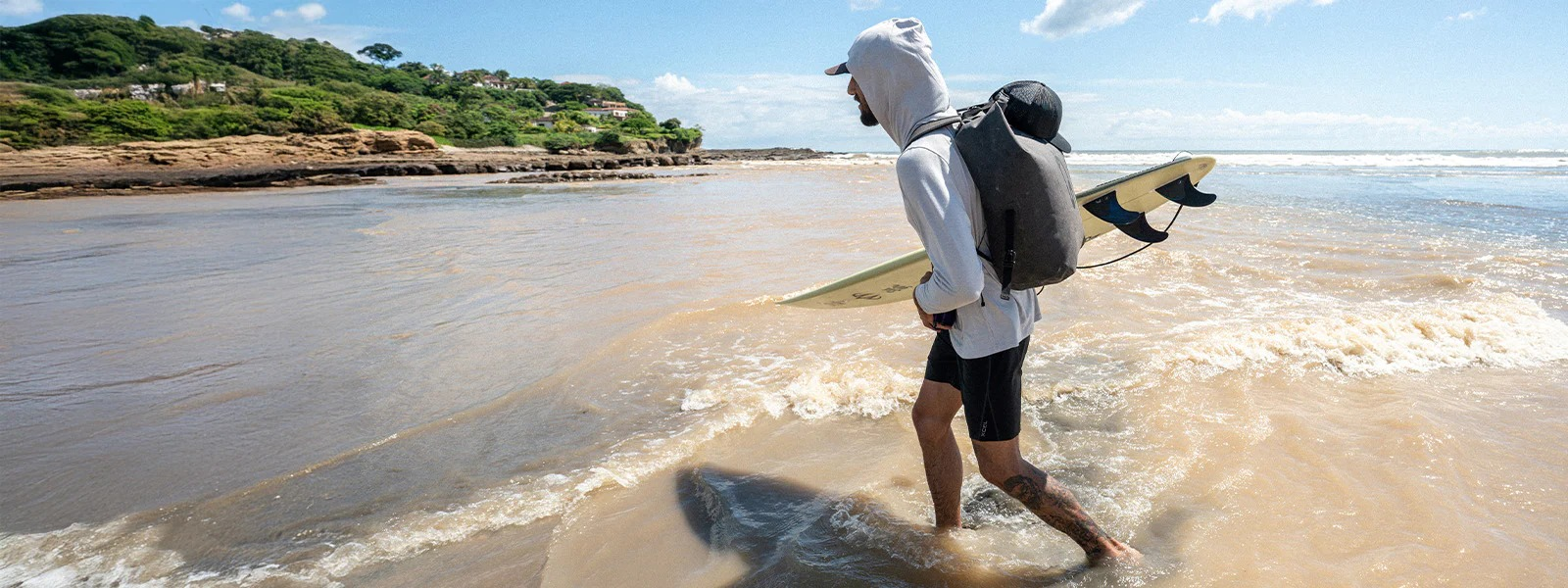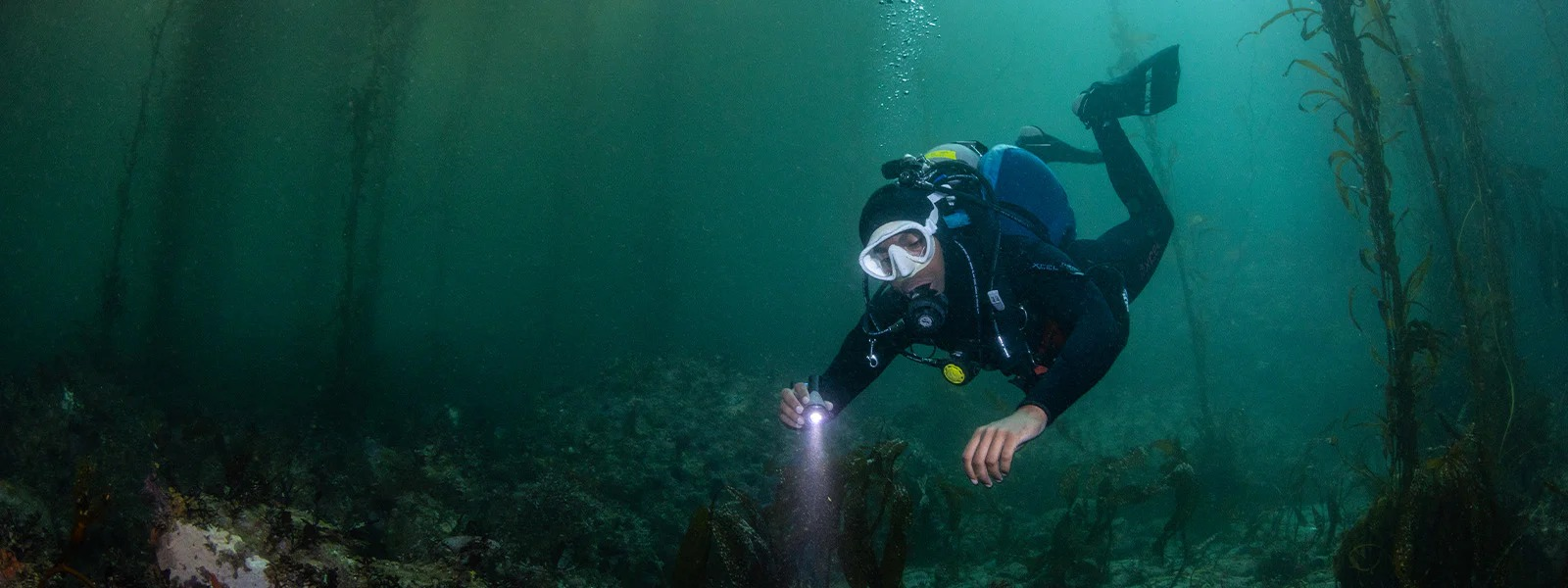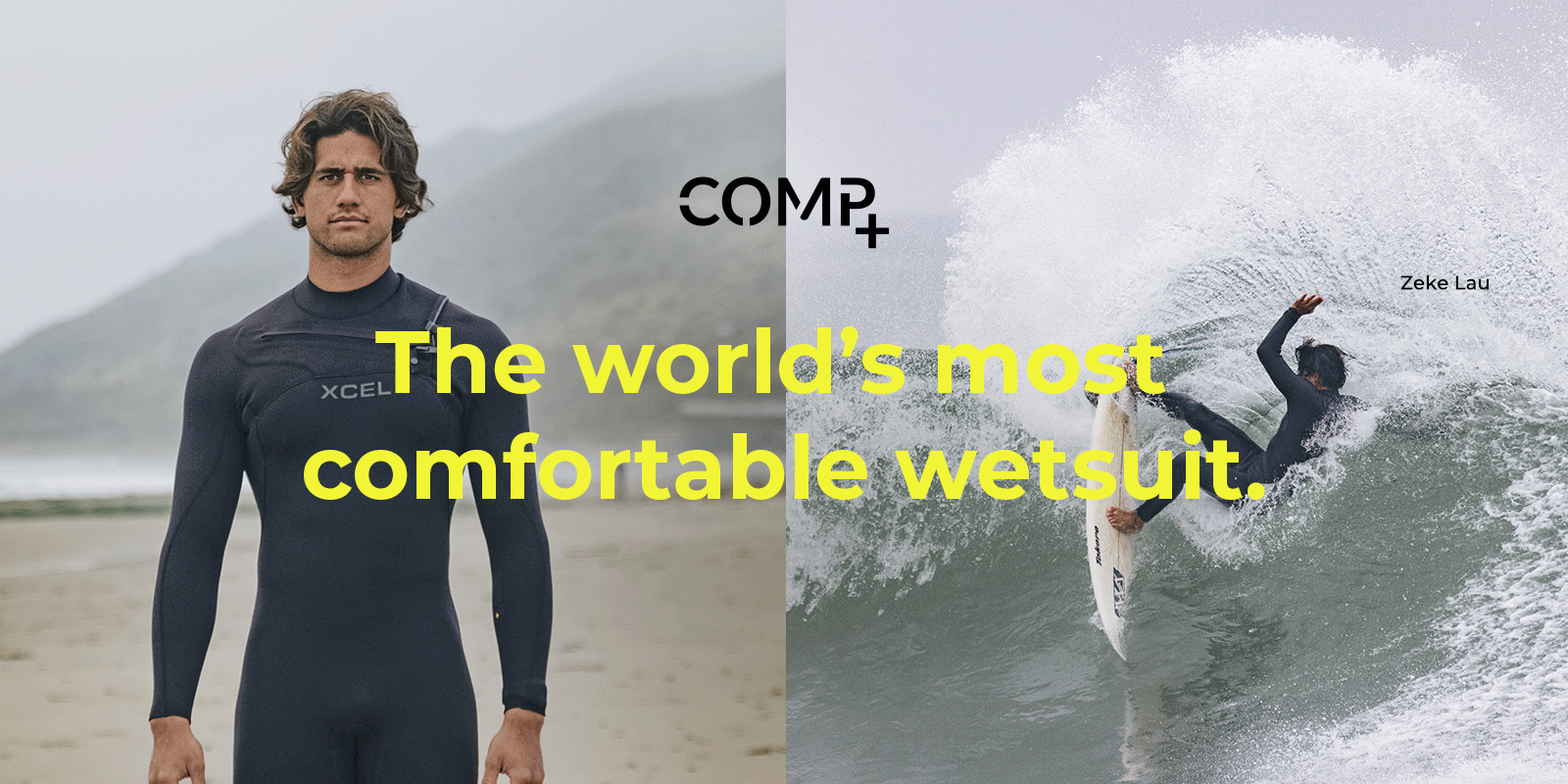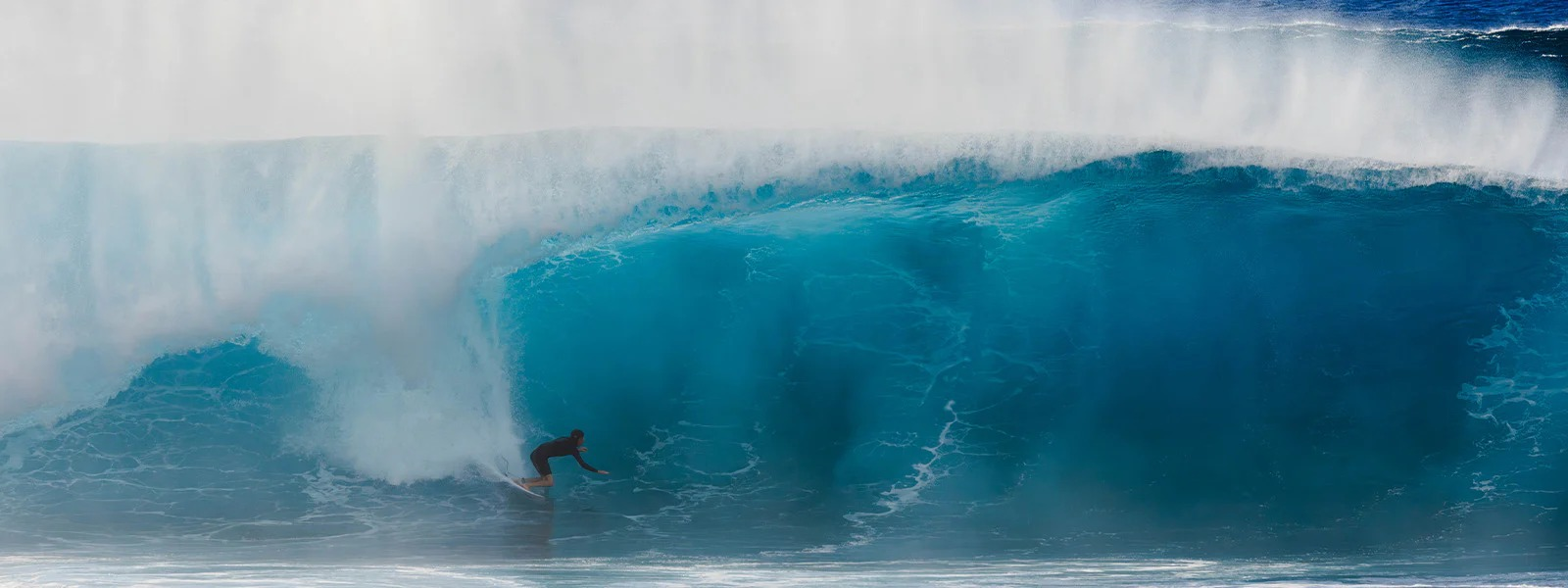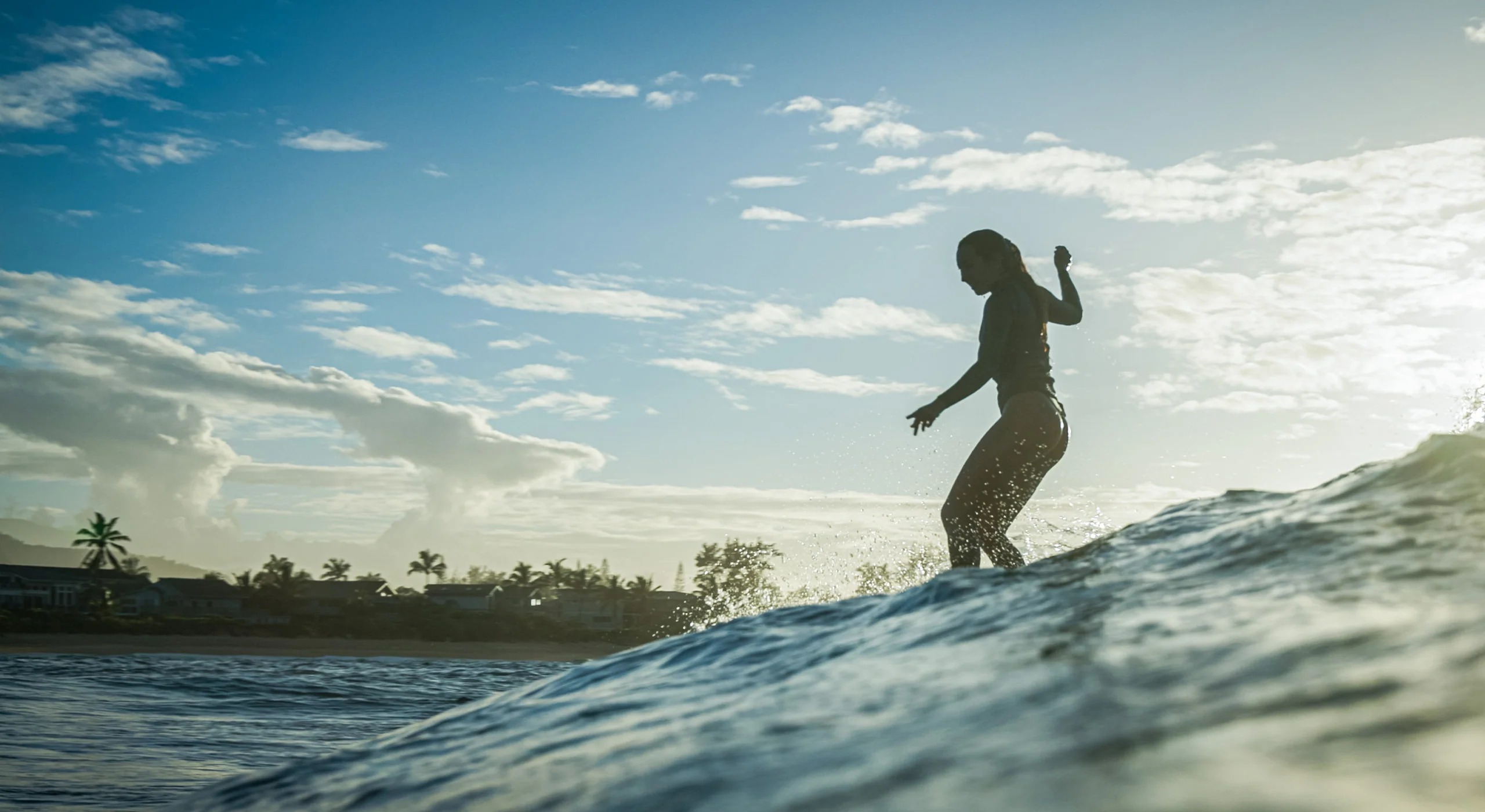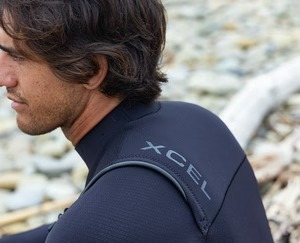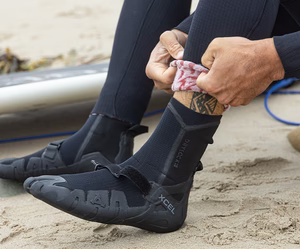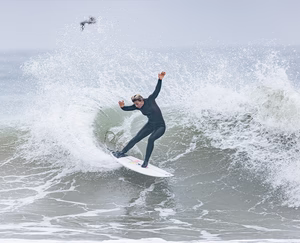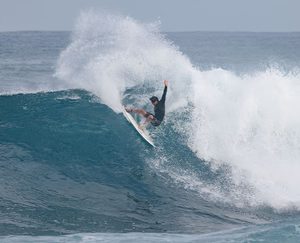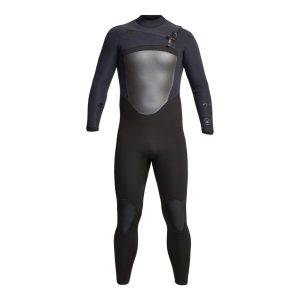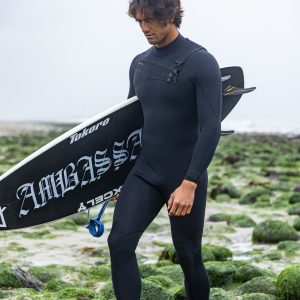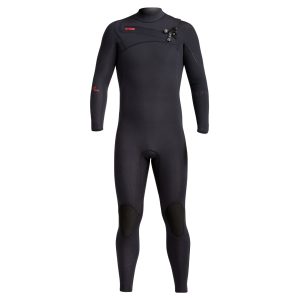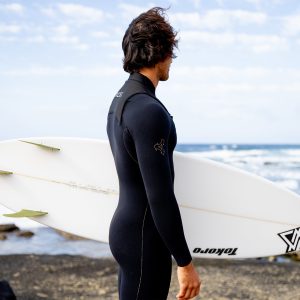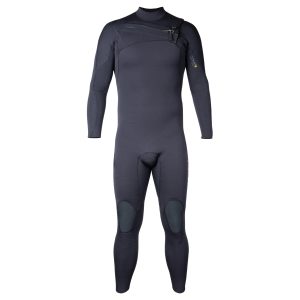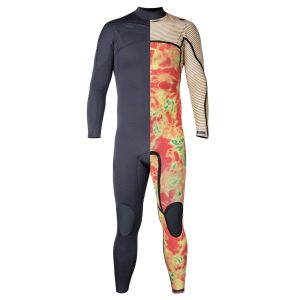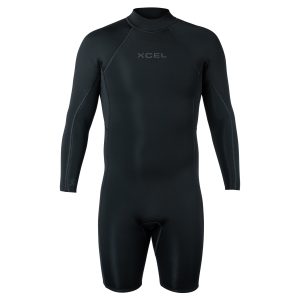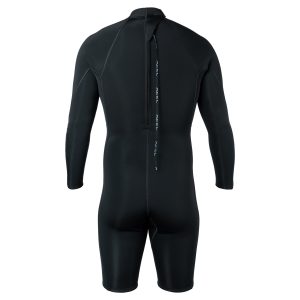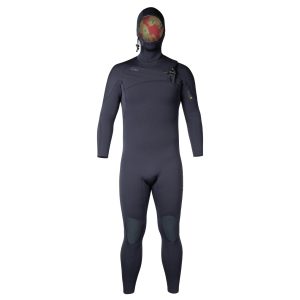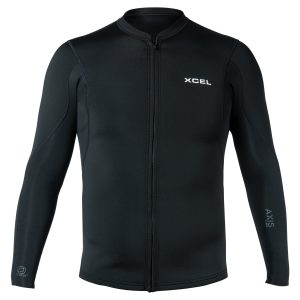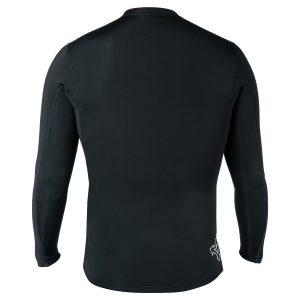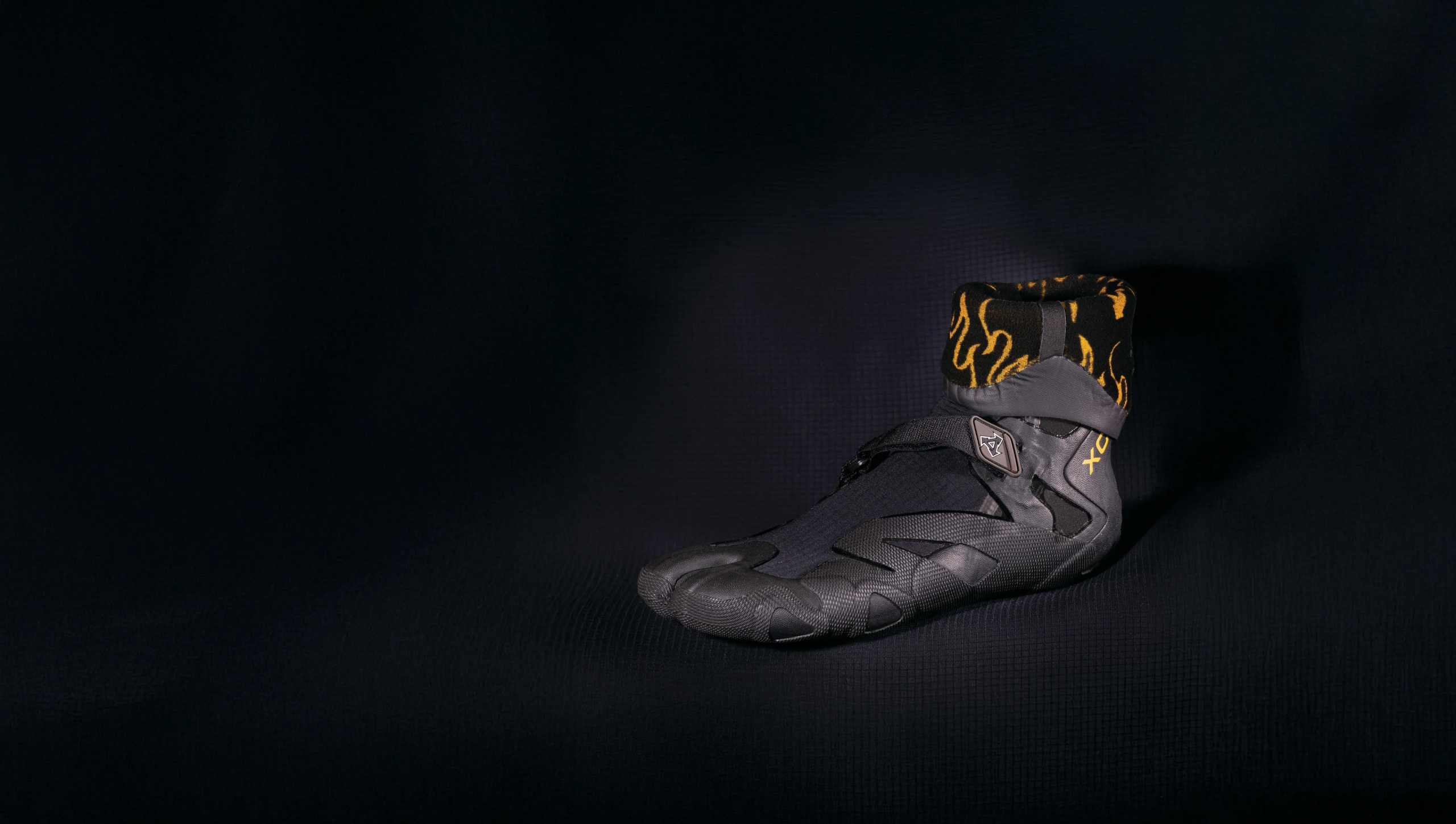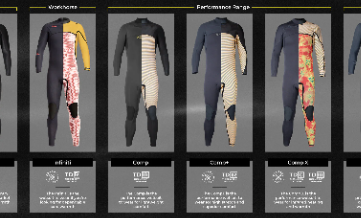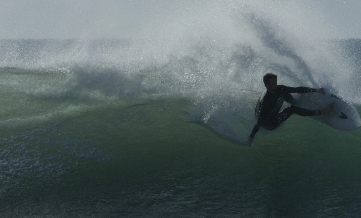Welcome! The blog posts displayed on this website are based on personal experience. Please note that we are an informational website that provides detailed information about similar products. We are not affiliated with or sponsored by xcelweisuite
Disclaimer: Our work is based on personal experience with the products and blog content. Not official xcelweisuite merchandise.
We are an informational website. For all purchase related information, please visit the retailer’s website.
Whether you’re gliding through the crystal-clear waters of a tropical reef, chasing waves along a rugged coastline, or exploring the chilly depths of a freshwater lake, a wetsuit isn’t just a piece of gear—it’s your second skin. It shields you from the cold, protects you from scrapes and stings, and even boosts your mobility in the water. Yet, with so many styles, materials, and thicknesses on the market, finding the right wetsuit can feel overwhelming. This guide will break down everything you need to know, from how wetsuits work to how to choose, care for, and get the most out of yours—no matter your skill level or favorite water activity.
At first glance, a wetsuit might seem like a simple garment: neoprene, zippers, and maybe some seams. But beneath that sleek exterior lies clever science that keeps you warm even in frigid water. The key myth to debunk first: wetsuits don’t keep water out—they keep a thin layer of water in. Here’s how it works.
Wetsuits are made primarily of neoprene, a synthetic rubber filled with tiny, closed-cell bubbles. These bubbles trap air, which is an excellent insulator (think of how a down jacket uses air to keep you warm on land). When you slip into a wetsuit and enter the water, a small amount of water seeps through the seams and openings (like the neck, wrists, or ankles). Your body heat then warms this thin layer of water, and the neoprene’s air bubbles prevent that warmth from escaping. The tighter the fit, the less water circulates in and out—meaning you stay warmer for longer.
But warmth isn’t the only benefit. Neoprene also provides buoyancy. The air bubbles in the material help you float higher in the water, which reduces drag and makes swimming or paddling easier. For surfers, this buoyancy means they can catch more waves with less effort; for divers, it helps conserve energy during long dives. And let’s not forget protection: neoprene acts as a buffer against sharp rocks, coral, jellyfish stings, and even the sun’s harmful UV rays (many wetsuits have built-in UPF 50+ protection).
Of course, the effectiveness of a wetsuit depends on two key factors: thickness and fit. Thicker neoprene traps more air, so it’s warmer—but it also tends to be less flexible. Thinner neoprene is lighter and more mobile, making it ideal for warmer waters. We’ll dive deeper into thickness choices later, but first, let’s talk about the different types of wetsuits and which activities they’re best for.
Wetsuits come in a variety of styles, each designed to balance warmth, mobility, and coverage for specific water sports. Whether you’re surfing, diving, paddleboarding, or kayaking, choosing the right style will make your time in the water more enjoyable and safe. Let’s break down the most common types:
As the name suggests, full wetsuits cover your entire body—from neck to wrists to ankles. They’re the go-to choice for cold water (typically below 65°F/18°C) because they minimize exposed skin and lock in warmth. Fullsuits come in different thicknesses (we’ll cover that next) and are popular among surfers, divers, and open-water swimmers who spend hours in the water.
Some fullsuits have added features for comfort and performance: a “back zip” (easy to put on but can let in water if not sealed), a “chest zip” (more watertight and streamlined, great for surfers who want less drag), or a “front zip” (common in dive suits for quick access). Many also have reinforced knees and elbows—areas that take a lot of wear and tear from kneeling on boards or scraping against rocks.
Spring suits (or “shorties”) are shorter versions of fullsuits, usually covering the torso and upper legs but leaving the arms and lower legs exposed. They’re perfect for mild water temperatures (65–75°F/18–24°C)—think early spring or late fall surfing, or paddleboarding in a lake on a warm day. The shorter sleeves and legs offer more mobility than a fullsuit, making them great for activities where you need to move your arms freely (like paddleboarding or kayaking).
Spring suits are also a favorite for beginners, as they’re easier to put on and take off than fullsuits, and they don’t feel as restrictive. They’re not warm enough for cold water, but they provide just enough insulation for days when the air is cool but the water is still manageable.
Long John wetsuits (often called “farmer johns”) cover the torso and legs but leave the arms exposed. They’re a versatile option for moderate temperatures (70–80°F/21–27°C) and are popular among divers, kayakers, and anglers. The full leg coverage keeps your lower body warm, while the sleeveless design lets your arms move freely—ideal for paddling or handling fishing gear.
Many people pair long johns with a wetsuit jacket (a short-sleeved or long-sleeved neoprene jacket) for extra warmth on cooler days. This combo lets you adjust your layers based on the weather, making it a great choice for unpredictable conditions.
Wetsuit jackets are standalone pieces that cover your torso and arms (short or long sleeves). They’re designed to be worn over a rash guard, swimsuit, or even a long john for added warmth. Jackets are perfect for warm water (above 75°F/24°C) where you just need a little extra protection—like blocking the sun, preventing scrapes from your board, or keeping you warm during early-morning paddle sessions.
They’re also popular among surfers who want to avoid “rash” (irritation from the board’s wax or fiberglass) and divers who need a lightweight layer for surface intervals. Most jackets have a front zip or Velcro closure for easy on/off and a hood option for extra warmth around the neck.
While rash guards aren’t technically wetsuits (they’re usually made of spandex or lycra, not neoprene), they’re often used alongside wetsuits or on their own in warm water. They provide UV protection, prevent chafing, and can add a thin layer of warmth. Many people wear rash guards under wetsuits to reduce friction (no more neoprene rubbing against your skin!) and make it easier to slip the wetsuit on and off.
Rash guards come in short or long sleeves and are a must-have for any water sport—even if you’re not wearing a wetsuit. They’re lightweight, quick-drying, and can be worn on land too (think: over swim trunks at the beach).
If you’ve ever walked into a surf shop or browsed wetsuits online, you’ve probably seen numbers like “3/2mm” or “5/4/3mm” on the labels. These numbers represent the thickness of the neoprene in millimeters (mm), and they’re the most important factor in determining how warm a wetsuit will be. The first number is the thickness of the neoprene on the torso (the warmest part of your body), and the second (and third, if there is one) is the thickness on the arms and legs (which need more mobility).
For example, a “3/2mm” wetsuit has 3mm-thick neoprene on the torso and 2mm-thick neoprene on the arms and legs. A “5/4/3mm” wetsuit has 5mm on the torso, 4mm on the arms, and 3mm on the legs—making it warmer but less flexible than a 3/2mm.
To help you choose the right thickness, here’s a breakdown of water temperatures and the corresponding wetsuit thicknesses:
In warm water, you don’t need much insulation—if any. A 1mm wetsuit jacket or rash guard is usually enough to protect you from the sun, scrapes, and mild chafing. If the water is slightly cooler (around 70–75°F/21–24°C), a 2mm shorty or 2mm long john might be better for added warmth during long sessions.
Activities like tropical diving, summer surfing, or paddleboarding in warm lakes fall into this category. You’ll want to prioritize mobility over warmth here—thicker neoprene will just make you sweat and feel restrictive.
Mild water is where spring suits and lighter fullsuits shine. A 3/2mm fullsuit is the most popular choice here—it provides enough warmth for hours in the water without sacrificing mobility. If you’re someone who gets cold easily, a 3/2mm fullsuit with a hood (to cover your head, which loses a lot of heat) might be a good upgrade.
For activities like early spring surfing, lake diving, or coastal paddleboarding, a 3/2mm fullsuit will keep you comfortable without making you feel bulky. If the air is cool but the water is warm, a 2mm spring suit paired with a rash guard is also a great option.
Cool water requires a thicker wetsuit to keep you warm. A 4/3mm fullsuit is the standard here—it has 4mm neoprene on the torso for extra insulation and 3mm on the arms and legs for mobility. Many 4/3mm suits also have features like glued and blind-stitched seams (to reduce water leakage) and a windproof outer layer (to keep you warm on land between waves or dives).
If you’re diving or surfing in water around 55–60°F/13–16°C, you might want to add a wetsuit hood (3–5mm thick) and neoprene boots (5mm thick) to protect your extremities—your hands, feet, and head lose heat faster than the rest of your body.
Cold water is no joke—without the right wetsuit, you risk hypothermia (a dangerous drop in body temperature) even after a short time in the water. A 5/4/3mm fullsuit is the minimum here, with 5mm neoprene on the torso, 4mm on the arms, and 3mm on the legs. Look for suits with “taped seams” (seams are covered with neoprene tape to block water) and a “chest zip” (more watertight than a back zip) for maximum warmth.
You’ll also need additional layers: a 5mm neoprene hood, 5mm neoprene gloves, and 7mm neoprene boots. Some people even wear a “wetsuit liner” (a thin, thermal layer under the wetsuit) for extra insulation. This setup is common for winter surfing, cold-water diving, and open-water swimming in northern climates.
Very cold water (like winter lakes or northern oceans) requires a heavy-duty wetsuit—or even a drysuit (which keeps you completely dry). A 6/5/4mm fullsuit is the thickest wetsuit you’ll find, with 6mm neoprene on the torso, 5mm on the arms, and 4mm on the legs. These suits are designed for extreme conditions and often have features like a “hooded collar” (to seal in warmth around the neck) and reinforced panels for durability.
Even with a 6/5/4mm suit, you’ll need thick gloves (7mm), boots (10mm), and a hood (7mm) to stay safe. If you’re spending more than 30 minutes in water below 40°F/4°C, a drysuit is a better choice—it uses air (or a thermal layer) for insulation and keeps water out entirely.
A wetsuit’s warmth and performance depend more on fit than any other factor. A suit that’s too loose will let in too much water (making you cold), while a suit that’s too tight will restrict your movement (making it hard to swim or paddle) and cut off circulation (leading to numbness or discomfort). Finding the perfect fit takes a little time, but it’s worth it—here’s how to do it.
Before you start shopping, take your chest, waist, hips, height, and weight measurements. Most wetsuit brands provide size charts that correlate these measurements to suit sizes (small, medium, large, etc.), but keep in mind that sizes vary between brands. A medium in one brand might fit like a small in another, so always check the brand’s specific size chart.
For example, if your chest is 40 inches, waist is 32 inches, and height is 5’10”, a medium might be a good starting point—but if you have broad shoulders or long arms, you might need a large tall. Don’t just go by your usual clothing size; wetsuits are designed to fit snugly, so you might need to size up or down from your regular size.
The best way to test a wetsuit’s fit is to try it on. Here’s what to look for:
- Torso: The neoprene should hug your torso tightly, but you should still be able to breathe normally. If you feel like you’re being squeezed (or if you can’t take a deep breath), it’s too tight. If there’s loose fabric around your waist or chest, it’s too loose.
- Arms: The sleeves should fit snugly around your arms, with no excess fabric. When you lift your arms above your head, the sleeves shouldn’t ride up past your elbows. If they do, the suit is too short. If the sleeves are baggy around your biceps or forearms, it’s too loose.
- Legs: The legs should fit tightly around your thighs and calves. When you bend your knees, the neoprene should stretch with you—no pulling or bunching. If the legs ride up when you walk, they’re too short. If there’s loose fabric around your knees or ankles, it’s too loose.
- Neck: The neck opening should be snug but not constricting. You should be able to turn your head freely, and the collar shouldn’t rub against your chin or neck (this can cause irritation after a few hours). If water leaks in easily around the neck, it’s too loose.
Once you have the suit on, move around! Jump up and down, stretch your arms above your head, bend your knees, and simulate the movements you’ll make in the water (like paddling or swimming). If you feel any restriction—like you can’t fully extend your arms or bend your knees—it’s a sign the suit is too tight. A well-fitted wetsuit should feel like a second skin: snug, but not restrictive.
Everyone’s body is different, so some suits will fit better than others based on your shape. For example:
- Athletic builds (broad shoulders, narrow waist): Look for suits with “stretch panels” in the shoulders and chest—these provide extra flexibility where you need it most.
- Curvy builds (wider hips, fuller thighs): Look for suits with a “women’s specific fit” (if you’re female) or “relaxed fit” (for men)—these have more room in the hips and thighs without being loose in the torso.
- Tall or short builds: Look for “tall” or “short” sizes—these adjust the length of the arms and legs without changing the torso size.
If you’re shopping online and can’t try the suit on, read customer reviews—many people will mention if a suit runs small, large, long, or short. You can also contact the brand’s customer service for help with sizing.
Neoprene is the star of the show when it comes to wetsuits, but not all neoprene is created equal. The type of neoprene used affects the suit’s warmth, flexibility, durability, and even environmental impact. Let’s break down the most common types of neoprene and other materials you’ll find in wetsuits:
Traditional neoprene is made from petroleum, a non-renewable resource. It’s durable, affordable, and provides good insulation—which is why it’s been used in wetsuits for decades. However, standard neoprene has a few downsides: it’s not as flexible as newer types, and the manufacturing process can be harmful to the environment (it releases toxic chemicals into the air and water).
Most budget-friendly wetsuits use standard neoprene, and while it’s a solid choice for casual use (like occasional surfing or paddleboarding), it’s not the best option for serious athletes or eco-conscious shoppers.
Limestone neoprene is made from calcium carbonate (found in limestone) instead of petroleum. It’s a more sustainable alternative to standard neoprene, as it uses fewer toxic chemicals in manufacturing and reduces reliance on fossil fuels. But limestone neoprene isn’t just good for the planet—it’s also more flexible than standard neoprene.
The bubbles in limestone neoprene are smaller and more uniform, which makes the material stretchier and more comfortable. It also retains heat well, so it’s a great choice for cold water. Many mid-range to high-end wetsuits use limestone neoprene, and it’s become the industry standard for eco-friendly gear.



